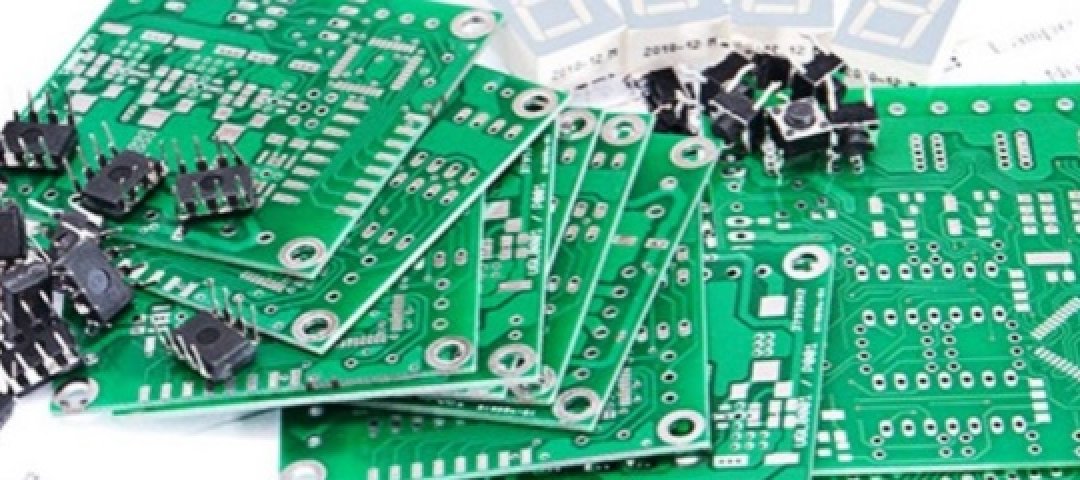The Hidden Lifespan Killer: How Solder Temperature Dictates Your PCBA's Fate
Ever wonder why some electronics seem to chug a

In the electronics manufacturing industry, as products become increasingly miniaturized and functionally integrated, circuit board designs are becoming more complex, placing higher demands on soldering technology in PCBA (Printed Circuit Board Assembly) processing. Soldering, as a critical step in PCBA processing, directly impacts the functionality, stability, and lifespan of circuit boards. This article explores the pivotal role of soldering technology in the production of complex circuit boards and its profound impact on PCBA processing.
1.The Importance of Soldering Technology in PCBA Processing
Soldering is a key process for securing electronic components onto PCBs, ensuring stable and reliable electrical connections. In the production of complex circuit boards, soldering technology requires higher precision and stability, primarily manifested in:
(1) High-Density Component Soldering: Complex circuit boards feature closely spaced components and dense solder joints, demanding precise soldering to avoid issues such as short circuits or cold solder joints.
(2) Application of Multiple Soldering Techniques: To meet the requirements of irregular components, mixed packaging (e.g., BGA, QFN, CSP), and double-sided mounting, a combination of wave soldering, reflow soldering, and selective soldering techniques is necessary to achieve high-quality soldering.
Therefore, advanced soldering technology is the core guarantee for PCBA factories in producing complex circuit boards.
2.Challenges in Soldering Complex Circuit Boards
In the PCBA processing of complex circuit boards, numerous challenges arise, demanding higher standards for soldering technology:
Component Miniaturization and High Density: With the widespread use of tiny components such as 01005 and 0201, traditional soldering techniques struggle to ensure precision, often leading to soldering defects.
Heat Dissipation in Multi-Layer PCBs: Complex circuit boards often employ multi-layer designs, which have poor heat dissipation. Precise control of temperature profiles during soldering is essential to prevent board warping and poor solder joints.
Diversification of Soldering Processes: A single soldering process cannot meet the demands of complex circuit boards. A combination of reflow soldering, wave soldering, and selective soldering is required to enhance overall soldering quality.
3.Common Soldering Techniques Supporting Complex Circuit Boards
To meet the production demands of complex circuit boards, PCBA factories primarily rely on the following soldering techniques to ensure product quality:
a. Reflow Soldering: The most commonly used soldering process in SMT (Surface Mount Technology), suitable for high-density component soldering. By precisely controlling the temperature profile, solder paste is melted to form high-quality solder joints.
Advantages: Suitable for fine-pitch components and double-sided mounting, with fast soldering speeds and stable quality.
b. Wave Soldering: For through-hole components, wave soldering enables rapid batch soldering, particularly suitable for mixed-packaging circuit boards.
Advantages: High efficiency, ideal for mass production, with consistent soldering quality.
c. Selective Soldering: Used for areas where wave soldering is not feasible, selective soldering improves soldering quality on complex circuit boards by precisely controlling soldering locations.
Advantages: Highly targeted, suitable for irregular components and localized soldering.
4. Key Factors for Enhancing Soldering Technology
To meet the high-precision requirements of complex circuit boards, PCBA factories need to improve soldering technology in the following areas:
(1) Introduction of High-Precision Equipment: Utilizing advanced soldering equipment, such as multi-zone reflow ovens and nitrogen-protected soldering systems, ensures soldering precision and stability.
(2) Precise Temperature Control: Real-time monitoring and optimization of soldering temperature profiles ensure uniform and stable soldering, avoiding issues like cold solder joints and solder cracking.
(3) Optimization of Solder Paste and Flux Selection: Choosing appropriate solder paste and flux based on different components and process requirements ensures solder joint reliability.
(4) Quality Inspection and Feedback: Implementing AOI (Automated Optical Inspection) and X-Ray inspection equipment for rigorous soldering quality checks, and using data feedback to optimize soldering processes.
5.The Impact of Soldering Technology on Complex Circuit Board Production
Through advanced soldering technology, PCBA factories can effectively address the challenges of producing complex circuit boards, bringing the following positive impacts:
Improved Soldering Quality: High-precision soldering reduces defects such as cold solder joints and short circuits, enhancing product stability and reliability.
Meeting High-End Market Demands: High-quality soldering technology supports the production of high-density, high-performance circuit boards, meeting the needs of high-end customers.
Reduced Production Costs: Process optimization and automated equipment improve production efficiency, reduce rework and material waste, and lower production costs.
Conclusion
Soldering technology, as a critical process in PCBA processing, plays a decisive role in the production quality of complex circuit boards. By introducing high-precision soldering equipment, optimizing soldering processes, and strengthening quality inspection, PCBA factories can effectively address the challenges of component miniaturization, high density, and high reliability, meeting market demands for high-end electronic products. In the future, as technology continues to advance, soldering processes will further improve, injecting strong momentum into the development of the PCBA processing industry.